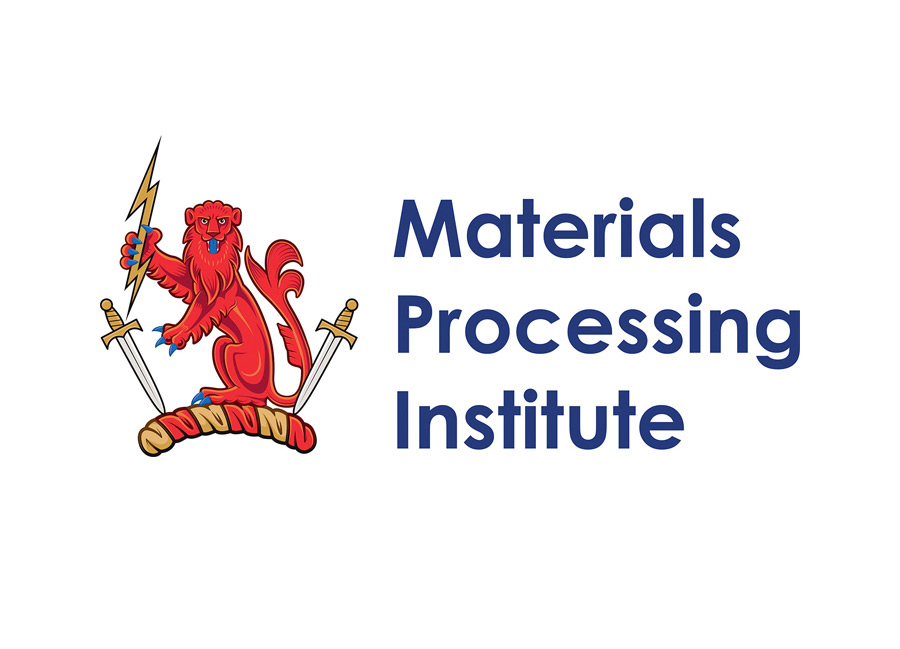A breakthrough in high-performance steel could remove one of the biggest obstacles to fusion energy which would bring the dream of unlimited clean power one step closer to reality.
Scientists at the U.K. Atomic Energy Authority (UKAEA) have succeeded in producing fusion-grade steel on a large scale. This is a major step toward making nuclear fusion a practical, cost-effective energy source.
One of the most serious challenges in getting fusion energy to work is to find materials that can survive the extreme heat and radiation inside a nuclear fusion reactor. Scientists at UKAEA’s Neurone consortium have developed a new type of steel alloy that can take temperatures up to twelve hundred degrees Fahrenheit and withstand heavy neutron exposure.
The new steel alloy is called fusion-grade Reduced-Activation Ferritic-Martensitic (RAFM) steel, a specialized material built for fusion reactors. This breakthrough, when produced at an industrial scale, could cut production costs by up to ten times. Lower costs are one of the keys to making fusion power plants commercially viable and speeding up their development. This could eventually stabilize energy prices and be affordable for consumers, particularly in regions where traditional energy infrastructure is expensive to maintain.
The Neurone consortium, a fifteen-million-dollar initiative, produced five- and one-half tons of fusion-grade steel using a seven-ton electric arc furnace at the U.K.’s Materials Processing Institute. This is the first time RAFM steel has been produced on such a big scale. It indicates that existing industrial facilities can handle making materials for fusion energy.
Dr. David Bowden leads materials science at UKAEA. He said in a UKAEA press release, “One of the major challenges for delivering fusion energy is developing structural materials able to withstand the extreme temperatures (at least up to twelve hundred degrees Fahrenheit) and high neutron loads required by future fusion powerplants.”
Fusion energy may not be lighting up homes just yet, but this new steel alloy could begin being tested in prototype fusion reactors within the next decade, according to UKAEA. If the steel survives testing and works for constructing nuclear fusion reactors, in the next twenty to thirty years, fusion energy could go commercial and potentially transform businesses, factories, and entire cities with a constant, carbon-free power source that doesn’t depend on dirty energy.
Fusion power is often referred to as the ultimate clean energy source because it could provide endless electricity without pollution or the long-term radioactive waste that comes with traditional nuclear power.
For fusion energy to really take off, it will have to fit into existing power grids alongside other clean energy technology. Improved energy storage, like next-generation batteries and hydrogen fuel, could help smooth out power from fusion reactors and keep the grid stable and efficient.
At the same time, big industries are looking for ways to reduce their carbon output with electrification and carbon capture. Fusion could change the way industries operate in this transition by providing a steady and reliable clean energy source.
UKAEA and its Neurone consortium are moving fusion energy closer to reality. With breakthroughs like next-generation steel alloys addressing key technical challenges, the possibility of unlimited, pollution-free power is nearly here.
Materials Processing Institute
Nuclear Fusion 110 – U.K. Atomic Energy Authority Develops New Steel Alloy To Withstand Conditions Inside A Nuclear Fusion Reactor

